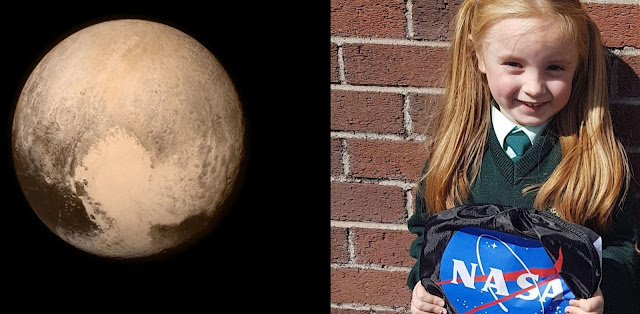Alien life to be discovered NEXT YEAR? James Webb Telescope ‘will change world forever'
The James Webb Space Telescope (JWST) is planned to be launched next year and astronomers consider that this telescope is their best hope of finding life beyond Earth. The JWST is the successor to the Hubble Telescope and is way much more powerful.
The successor will help us to see further into space, as well as more precisely measure the content of water, carbon dioxide and other essential components in the atmosphere of an exoplanet. It will tell researchers more about the size and distance these planets from their host stars, which is very important aspect of searching for earth like planets.
As a result, the giant telescope which contains an enormous mirror to gather light, is being considered as the best chance of finding alien life.
With a launch planned for next year, astronomers think that it is only a matter of time before alien life is finally discovered.
Matt Mountain, director and Webb telescope scientist at the Space Telescope Science Institute in Baltimore, said: ”What we didn't know five years ago is that perhaps 10 to 20 per cent of stars around us have Earth-size planets in the habitable zone.
It's within our grasp to pull off a discovery that will change the world forever.
It is going to take a continuing partnership between NASA, science, technology, the US and international space endeavours, as exemplified by the James Webb Space Telescope, to build the next bridge to humanity's future.”
Mr Mountain added: "Just imagine the moment, when we find potential signatures of life.
Imagine the moment when the world wakes up and the human race realises that its long loneliness in time and space may be over - the possibility we're no longer alone in the universe.”
Nevertheless, the £6 billion telescope is projected to last just five years, so its underling, Hubble, is already choosing planets for the newcomer to inspect as researchers face a race against time, Kevin Stevenson at the University of Chicago told New Scientist.


Comments
Post a Comment